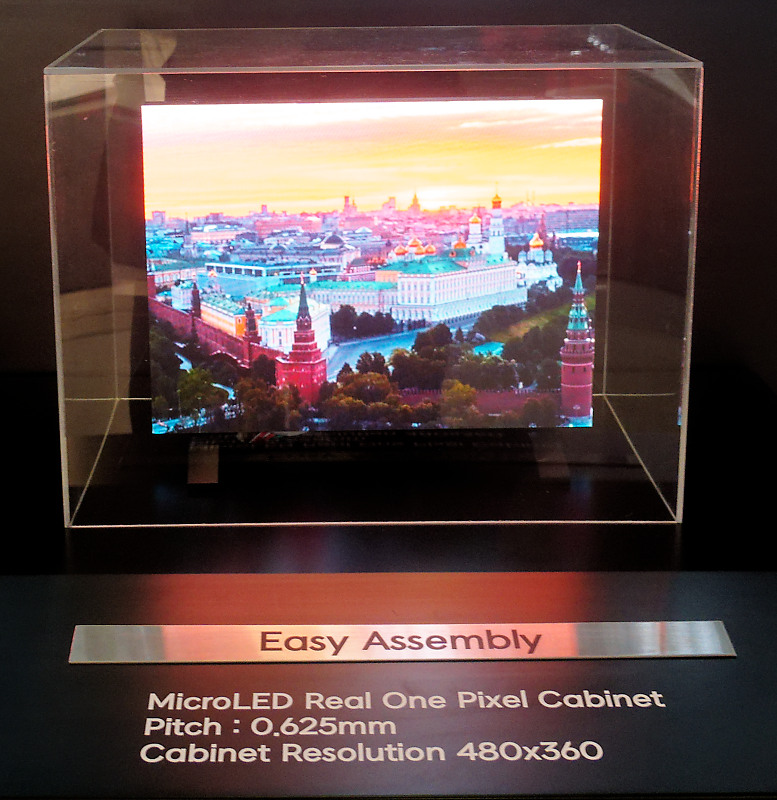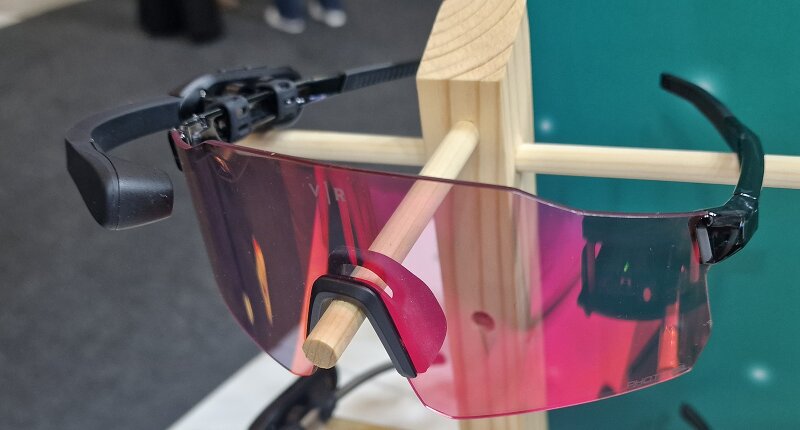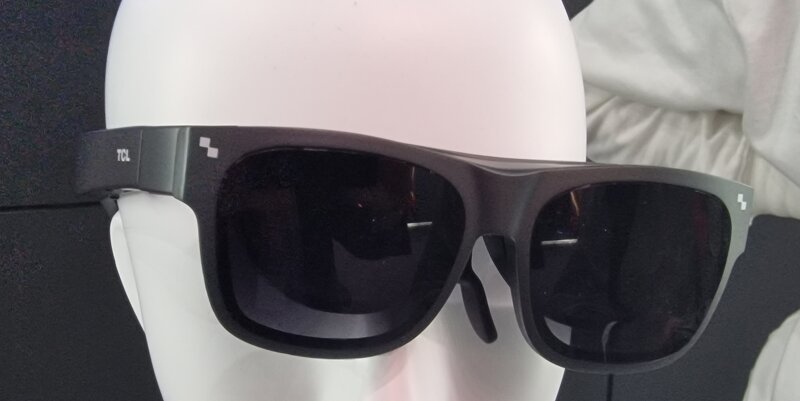Now my comments about IFA in general last week were pretty negative, but I did manage to find a few interesting products and technologies at the show.
I don’t really see IFA as a place for components, but Seoul Viosys, the LED specialist clearly had a different view. They had an impressive demonstration of how they can make every stage of microLEDs from the epitaxy to the manufacture and encapsulation of modules/tiles to be assembled into final sets. Making full sets is a step too far, but up to there, the firm was showing what it could do.
A development that particularly intrigued me that I hadn’t seen before is the idea of a stacked LED which allows very small pitch displays to be made. The company was coy on the processes used to remove the epitaxial layers from the manufacturing substrate. I asked how the electrodes were managed. Again, the firm was reluctant to give away detail, but did reveal that the three layers were ‘not of the same size’. Ah! That gave a clue as to how the electrodes could be configured.
 Seoul Viosys has a stacked LED concept called ‘Real One’ Pixel (top right corner). Image:Meko
Seoul Viosys has a stacked LED concept called ‘Real One’ Pixel (top right corner). Image:Meko
So, I asked, what transfer method do you use to put the LEDs onto the module? The engineer told me that ‘it’s pick and place’ with an in-house developed machine – but, as I understood it – up to half a dozen pick and place machines working on a module at the same time. Pitch is down to 0.625mm – which would mean a 112″ UltraHD set, by my calculations. The encapsulation and black layer is particularly effective, the firm said, to boost contrast and reduce black levels. The firm said that it can make microLEDs down to 10 microns size, but staff were not able to explain the strategy for maintaining efficiency in the red pixels.
And while we’re talking of small pitch ‘microLED’, Samsung was saying at the show that the 79″ and 100″ ‘Wall’ TVs are going to come to Germany before the end of the year. There have been rumours in the Korean press that the firm was struggling with quality and yield and had postponed the launch of smaller sets, but staff on the booth were very clear in what they had been told to say.
On the Taiwan technology booth, WiseChip Semiconductor was also a surprise to see. The firm is a specialist in passive OLEDs and was the first to sign up to use the Kyulux hyperfluoresent materials. There was a demonstration of the technology in area colour and the firm also showed the many reason for coming to IFA. It is now developing systems as well as the display components and had a very light and small display for use by cyclists. I have long said that this was a potentially good market and the 128 x 96 0.19″ display has 300 cd/m² of output. It is in a housing but doesn’t block much of the field of view and 300 nits may be enough. Key is that the headset should sell in the market for around $150. If you have spent $300 or more on a Garmin for your bike, this is a relatively low additional cost and the firm could do well as it launches in Europe.
In our Display Insider service we have reported on the Guangli swimming googles and WiseChip told us that they also use the display. Again, at that price, they should be very attractive. The firm also told us that it has done particularly well with transparent rangefinder devices for golfers in the US.
 Wisechip’s transparent display Image:Meko
Wisechip’s transparent display Image:Meko
TV set maker, TCL also had some AR glasses on their booth using FullHD OLED displays with birdbath optics. The displays are capable of stereo operation, although the content that we saw was the same for each eye. Surprisingly (or not because of the optics) the headset does not have any kind of IPD adjustment, but the optical quality looked OK with just a bit of fringing. The field of view is 46 degrees and the target market is for users that want to use glasses instead of a notebook display, the firm said. Pricing of the headset will be ‘less than €500’ and the product should be in Europe in November.
In my next report, I’ll look at some of the projectors that were on view at the show. (BR)




